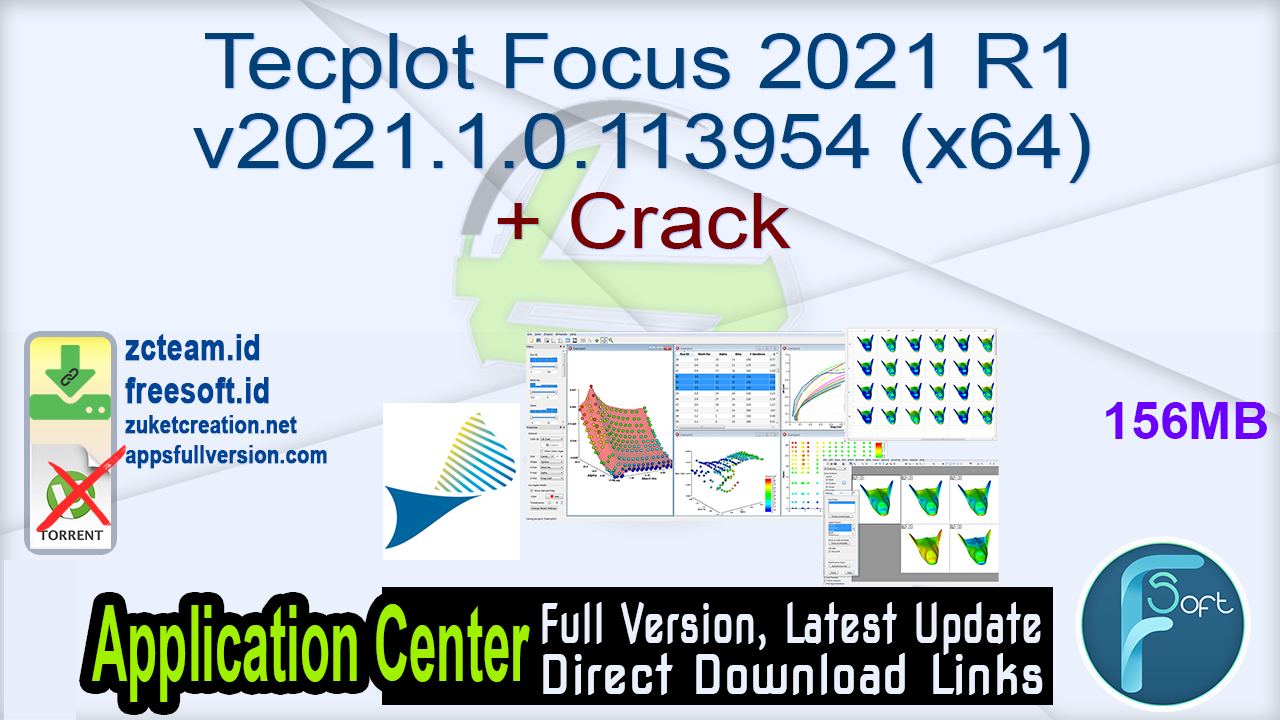

Then you have a sufficient number of time steps to compute the RMS without transient data. 1 The ASCII Legacy VTK File Format 1.1 One quadrilateral in a polygonal ('polydata') mesh 1.2 A one-cell 2D rectilinear mesh 1.3 A six-cell (12-point) 2D rectilinear mesh 1.4 A one-cell 2D curvilinear (structured, but not rectilinear) mesh 1.5 A one-cell 2D unstructured mesh 1.6 A single structured cube with vectors. Continue to run the software until the window averaging of the FFTs converge to a constant signature. timestepstep (int, optional): The number of timesteps to increments for each frame of the animation. As you add each window and then average, if the frequency signature changes considerably, then you have not eliminated the transients. This defaults to the latest solution time in the dataset. Perform an FFT on each window, then sum and average each FFT together to get one window. Tecplot can display from 2D curves to complex 3D dynamic contours. If you have 100,000 time steps, try 25,000 time steps each, where the first window is 1-25k, the second is 12.5k-37.5k, the third is 25k-50k, the fourth is 37.5k-62.5k, etc. Tecplot is a versatile data analysis and visualization software. Simply take your time accurate data set (preferably second order accurate in time) and divide it into windows of equal size. I recommend looking at Welch's method for windowing. In theory, if the window size is sufficiently sized, there will be very little variance between each window. To do the FFT, you'll want to use multiple segments of the data that over lap. The second is to perform a Fast Fourier Transform (FFT) analysis of the data. The first is an RMS (root mean square) of whatever parameter you are targeting. The best way I've seen this done is to compute two quantities. One of the more perplexing issues is determining if the transient data is eliminated from your data when computing the mean.


 0 kommentar(er)
0 kommentar(er)
